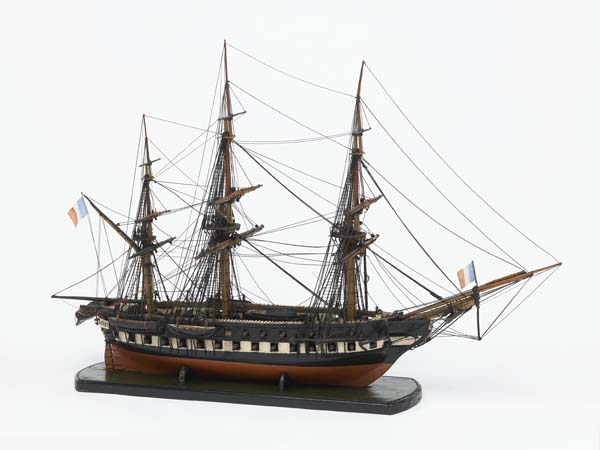Napoleon in Antwerp
On 18 July 1803, Napoleon visited Antwerp with his wife Joséphine de Beauharnais. They did not give the city a raving review, finding it medieval and the port outdated. However, by then the French had been in power in Antwerp for nine years and the Scheldt had been reopened.
Antwerp once again became attractive for foreign skippers and merchants, thanks to the free navigation and trade. The infrastructure had to be adapted to cope with this new influx. Shortly after his visit, Napoleon issued a decree for the construction of two modern trade docks, near the Hanseatic House. During this period, work also started on a partial re-alignment of the Scheldt quays and the construction of the shipbuilder's yard in the south.
Merchant shipping was one thing but Napoleon also thought that Antwerp had potential as a war port, from where he could attack Great Britain. From 1803 until 1814, a navy arsenal was built in the city, for an entire war fleet. As a result, Antwerp quickly developed from a trade port into a war port, with heavily armed ships of the line and frigates in its docks.
The medieval city was also modernised, with public building, wide avenues and squares. The town architect Verly, Mayor Werbrouck and Prefect d'Herbouville devised the ideas. The town council was less visionary. As a result only a few projects were completed, including Groenplaats.



